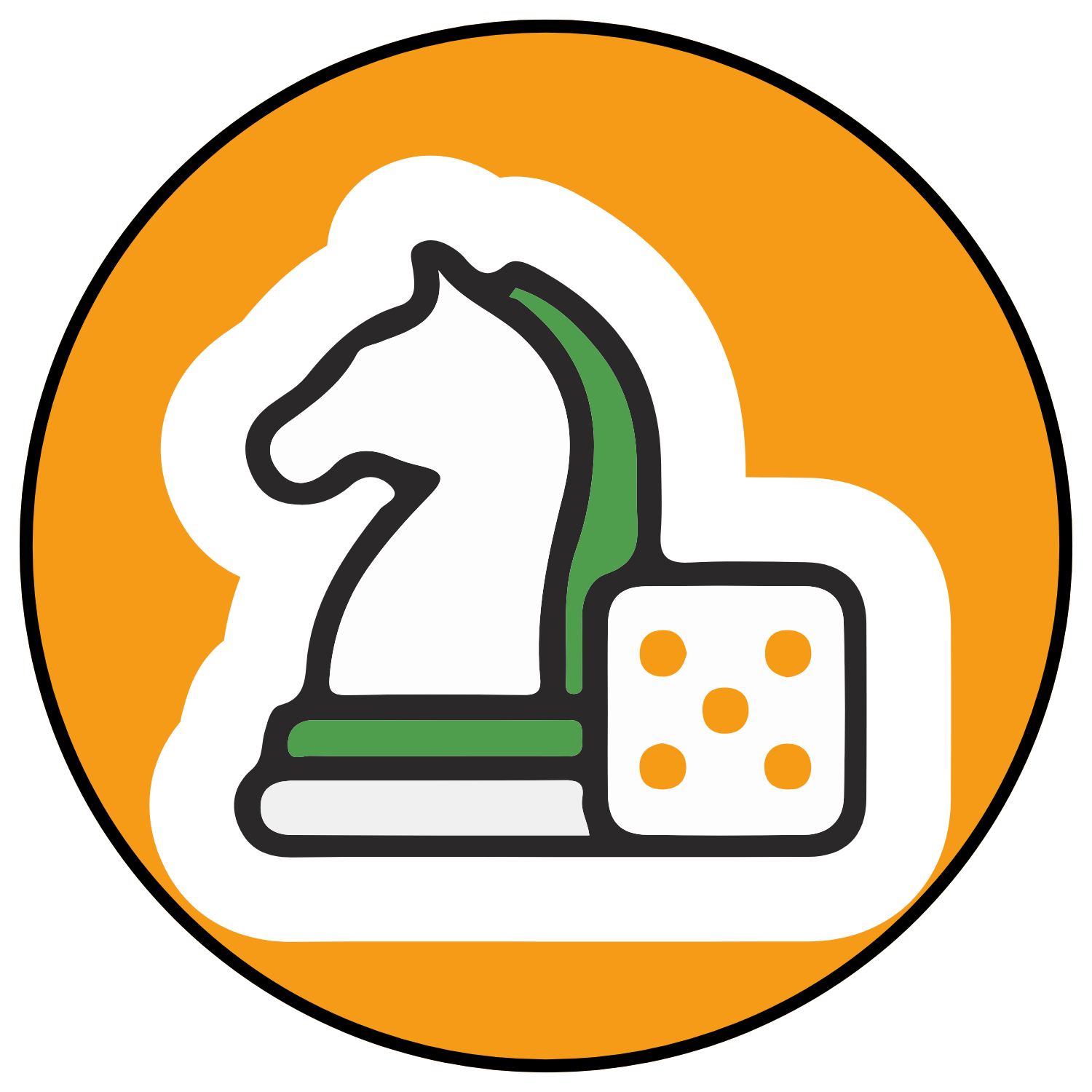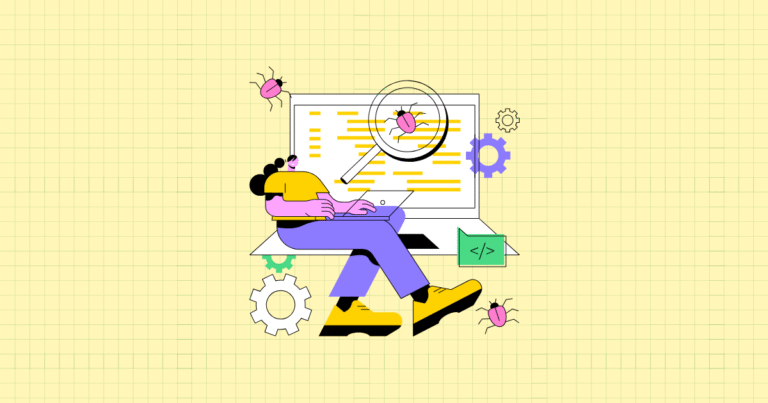The Last-Second Save That Could Transform Your Revenue
Picture this: A potential customer spends five minutes browsing your product pages, adds items to their cart, then suddenly moves their cursor toward the browser’s close button. In that split second, you have one final chance to convert them. This is where exit-intent offers come into play, and when executed correctly, they can be the difference between a lost visitor and a paying customer.
Exit-intent technology has revolutionized how Shopify store owners approach cart abandonment. By detecting when visitors are about to leave your site, you can strategically present targeted incentives that address their hesitation and motivate immediate action. The results? Conversion lifts of 10-15% are common, with some merchants seeing even higher improvements in revenue per user.
But here’s the challenge: not all exit-intent offers are created equal. The wrong incentive can feel pushy or devalue your brand. The right one feels helpful and creates genuine urgency. In this comprehensive guide, you’ll discover which types of incentives work best, how to implement them effectively on Shopify, and advanced strategies that turn abandoning visitors into loyal customers.
Understanding the Science Behind Exit-Intent
Before diving into incentive strategies, you need to understand what triggers exit-intent technology and why visitors abandon in the first place. This knowledge forms the foundation of effective offer creation.
How Exit-Intent Detection Actually Works
On desktop devices, exit-intent technology tracks mouse movement and cursor trajectory. When a user’s cursor moves rapidly toward the browser’s top edge—particularly toward the close button or address bar—the system triggers an exit-intent event. Mobile detection is trickier but equally effective, relying on rapid upward swipes or sudden changes in scroll velocity that indicate imminent departure.
Modern Shopify apps take this further by analyzing deeper behavioral signals. They track page depth, dwell time, and cart actions to build a complete picture of visitor intent. A user who quickly scrolls through multiple products might receive a different offer than someone who studies a single item for several minutes.
The Psychology of Abandonment
Understanding why visitors leave is crucial for crafting compelling offers. Loss aversion plays a massive role here—people are psychologically wired to fear missing out more than they desire gaining something. When you present a time-limited discount, you’re not just offering savings; you’re creating an immediate sense of potential loss.
Decision paralysis strikes many online shoppers. They like your products but can’t commit to the purchase. Price sensitivity often underlies this hesitation, especially for first-time visitors who haven’t yet established trust with your brand. Your exit-intent offer needs to address these specific concerns while building credibility through social proof and security signals.
The Incentive Hierarchy: What Actually Converts
Not all incentives perform equally. After analyzing thousands of exit-intent campaigns across various Shopify stores, clear patterns emerge in what motivates visitors to complete their purchases.
Monetary Discounts: The Double-Edged Sword
Percentage-off discounts remain the most popular choice, and for good reason—they’re simple to understand and implement. However, the key lies in strategic application. A 10% discount might convert a hesitant $50 purchase, but offering the same percentage on a $500 cart could significantly impact your margins.
Smart merchants use dynamic discount tiers based on cart value. For orders under $100, a percentage discount works well. Above that threshold, fixed-value coupons like “$25 off” often perform better while protecting profitability. Shopify’s native discount code system makes both approaches easy to implement, with automatic generation and expiration controls ensuring offers remain truly time-limited.
Free shipping thresholds deserve special attention. They psychologically remove a pain point rather than just offering savings. When you tell someone “Add $15 more for free shipping,” you’re not discounting—you’re providing value. This approach often increases average order value while maintaining healthy margins. Implementation through Shopify’s shipping profiles allows for sophisticated rules based on location, product type, or customer segments.
Value-Added Offers: Beyond Simple Discounts
Gift-with-purchase offers tap into the powerful psychology of getting something extra. The perceived value often exceeds the actual cost, making customers feel like they’re getting a special deal. A beauty brand might offer a sample kit with purchases over $75, or a home goods store could include a matching accessory with their main products.
The key is choosing gifts that complement the original purchase without cannibalizing future sales. Exclusive content or member perks work particularly well for brands with strong communities. Early access to new collections, loyalty points, or exclusive video content creates value without impacting product margins.
Non-Discount Incentives: Building Relationships
Sometimes the best offer isn’t a discount at all. Cart-saving functionality with email capture serves two purposes: it removes the pressure of immediate decision-making while building your email list for future marketing. The message might read: “Not ready to buy? Save your cart and we’ll send you a reminder with a special offer.”
Exit-intent surveys can be surprisingly effective. Instead of immediately pushing a sale, ask why they’re leaving. “What made you hesitate?” or “Can we help with anything?” shows genuine concern for the customer experience. These interactions often reveal specific objections you can address, leading to higher conversion rates than generic discounts.
Shopify Implementation: Turning Strategy into Sales
The right strategy means nothing without proper execution. Shopify’s ecosystem offers multiple solutions, each with distinct advantages depending on your store’s needs and technical capabilities.
Choosing Your Exit-Intent Technology
Several standout apps dominate the Shopify exit-intent space. Wisepops excels in design flexibility and A/B testing capabilities. OptiMonk offers robust behavioral targeting and detailed analytics. Privy combines exit-intent with comprehensive email marketing features.
Growth Suite takes a unique approach by focusing on purchase intent prediction. Instead of showing offers to every departing visitor, it analyzes behavior patterns to identify who’s most likely to convert with the right incentive. This targeted approach prevents offer fatigue while maintaining the exclusivity of your promotions. The app automatically generates unique, time-limited discount codes and includes high-accuracy countdown timers that persist across page refreshes.
When evaluating apps, prioritize behavioral segmentation capabilities, dynamic code generation, and cool-down periods that prevent showing multiple offers to the same visitor. These features separate professional implementations from amateur attempts.
Design Elements That Convert
Your popup design directly impacts conversion rates. The headline should focus on benefits, not features. Instead of “10% Off Everything,” try “Complete Your Purchase and Save 10%.” This positioning makes the discount feel earned rather than desperate.
Visual hierarchy matters enormously. Your offer should be immediately clear, with the discount amount prominently displayed and the call-to-action button standing out through color contrast. Mobile responsiveness isn’t optional—nearly 60% of Shopify traffic comes from mobile devices, and a poorly formatted popup will kill conversions instantly.
Authentic urgency requires genuine constraints. If you claim “limited time,” the timer must be accurate and the offer must actually expire. Real inventory counts work better than fake scarcity. Customers can sense authenticity, and trust is harder to rebuild than to maintain.
Segmentation: The Right Offer for the Right Visitor
Not every visitor should see the same offer. Someone who immediately bounces after landing on your homepage has different needs than someone who adds multiple items to cart before hesitating. Growth Suite and similar advanced tools allow you to create rules based on specific behaviors.
Consider segmenting by cart value, product category, or referral source. A visitor from a paid ad might receive a different offer than someone from organic search. Someone looking at premium products might see a smaller percentage discount than someone browsing sale items. This precision prevents over-discounting while maximizing relevance.
Testing and Optimization: The Never-Ending Improvement Cycle
Implementation is just the beginning. Continuous testing and refinement separate successful exit-intent strategies from mediocre ones.
Building Your A/B Testing Framework
Start with clear hypotheses. Will a 15% discount outperform a “$20 off” offer for your average cart value? Does showing social proof alongside the discount increase conversion? Test one variable at a time to isolate what’s actually driving results.
Key metrics extend beyond simple conversion lift. Track average order value changes, bounce rate reduction, and long-term customer value. An offer that increases conversions but significantly reduces profit margins might not be sustainable. Shopify Analytics provides basic conversion data, but dedicated exit-intent apps offer more granular reporting on offer performance.
Common Optimization Mistakes to Avoid
Discount fatigue is real. If you show aggressive offers too frequently, customers learn to expect them and may delay purchases waiting for better deals. Implement cool-down periods of at least 7-14 days between offers to the same visitor.
Overly aggressive triggers frustrate users and damage brand perception. An exit-intent popup that appears the moment someone’s cursor moves slightly upward feels intrusive. Build in slight delays and require clear exit signals before triggering offers.
Brand integrity must be maintained. If your brand positioning emphasizes premium quality, constant discount offers can undermine that perception. Consider value-added offers or exclusive access instead of price reductions.
Advanced Strategies for Sophisticated Merchants
Once you’ve mastered basic exit-intent offers, these advanced techniques can further optimize performance and customer experience.
Dynamic Personalization at Scale
Real-time visitor intent scoring takes personalization to the next level. Advanced systems analyze dozens of behavioral signals to predict purchase likelihood and tailor offers accordingly. A visitor showing high intent might receive a smaller discount with shorter duration, while someone displaying hesitation gets a more generous offer with extended time.
Integration with Shopify Flow allows for complex rule engines using custom metafields. You can create sophisticated logic that considers purchase history, seasonal patterns, and even external factors like weather or local events.
Omnichannel Coordination
Exit-intent offers shouldn’t exist in isolation. Coordinate them with your email marketing, SMS campaigns, and push notifications for a cohesive experience. A visitor who declines your popup offer might receive a follow-up email with a slightly different incentive 24 hours later.
Sequenced messaging prevents offer fatigue while maintaining engagement. Start with exit-intent popups, follow with abandoned cart emails, then SMS reminders with final offers. Each touchpoint should feel connected while respecting the customer’s communication preferences.
Ethical Urgency and Trust Building
Genuine scarcity works better than fake pressure. Use real stock counts and authentic time limits rather than manufactured urgency. If you offer a discount “for the next 15 minutes,” make sure it actually expires after 15 minutes.
Transparency builds trust. Explain why you’re making the offer: “We noticed you’re interested in our products and want to give you an exclusive discount to welcome you to our community.” This approach feels less pushy and more relationship-focused.
Respectful frequency is crucial. Implement cool-down periods to prevent overwhelming visitors with repeated offers. Someone who declines your exit-intent popup shouldn’t see another one for at least a week.
Your Exit-Intent Action Plan
Understanding exit-intent strategy is just the first step. Implementation requires careful planning and systematic execution.
Phase One: Foundation Setting
Start by auditing your current setup. If you’re already using exit-intent popups, analyze their performance data. What’s your current conversion lift? How do different offers perform? Which visitor segments respond best?
If you’re starting fresh, choose an app that matches your technical comfort level and budget. For beginners, apps with pre-built templates and simple setup processes work well. More advanced merchants might prefer solutions offering detailed customization and behavioral targeting.
Define your initial A/B tests based on your specific business model. E-commerce stores with high-ticket items might test fixed-dollar discounts versus percentages. Fashion retailers could experiment with style-based offers versus generic discounts.
Phase Two: Implementation and Testing
Launch with conservative offers to establish baselines. A 10% discount or free shipping threshold provides good starting points without significantly impacting margins. Monitor performance closely during the first week, adjusting triggers if they’re too aggressive or too subtle.
Implement proper analytics tracking beyond basic conversion metrics. Monitor changes in average order value, customer acquisition costs, and long-term customer value. Exit-intent offers should improve overall business metrics, not just immediate conversions.
Phase Three: Advanced Optimization
Once you have solid baseline performance, experiment with more sophisticated strategies. Test value-added offers, implement behavioral segmentation, and explore dynamic personalization options.
Consider seasonal adjustments and event-based campaigns. Holiday shoppers might respond differently than regular visitors, requiring adjusted offer types and timing.
Future-Proofing Your Strategy
The exit-intent landscape continues evolving. AI-driven intent analysis is becoming more sophisticated, allowing for hyper-personalization based on micro-behaviors and real-time data processing.
Conversational exit surveys and interactive widgets are gaining traction as alternatives to traditional popups. These approaches feel more helpful and less sales-focused while still capturing departing visitors.
Stay informed about privacy regulations and cookie policies that might affect behavioral tracking. Prepare alternative strategies that rely more on first-party data and explicit customer preferences.
References
- Shopify. “Exit Intent Pop-Up Best Practices + Real-World Examples.” Shopify Blog, 29 Apr. 2025, https://www.shopify.com/blog/exit-intent-popup.
- Growth Suite. “Exit-Intent Offers: Boost Shopify Sales Without Annoying Customers.” GrowthSuite.net, 21 Aug. 2025, https://www.growthsuite.net/blog/how-to-use-exit-intent-offers-without-being-annoying.
- Growth Suite. “Loss Aversion: Why Fear of Losing Drives E-commerce Sales.” GrowthSuite.net, 28 Aug. 2025, https://www.growthsuite.net/blog/loss-aversion-why-people-are-more-motivated-by-fear-of-losing.
Ready to supercharge your Shopify store’s sales with perfectly optimized exit-intent offers? Growth Suite is a Shopify app that uses advanced purchase intent prediction to show personalized, time-limited discount codes only to visitors who need that extra incentive to convert. With automatic unique code generation, high-accuracy countdown timers, and behavioral targeting that prevents offer fatigue, Growth Suite helps you capture more sales without devaluing your brand. Install it with a single click and start seeing results!




